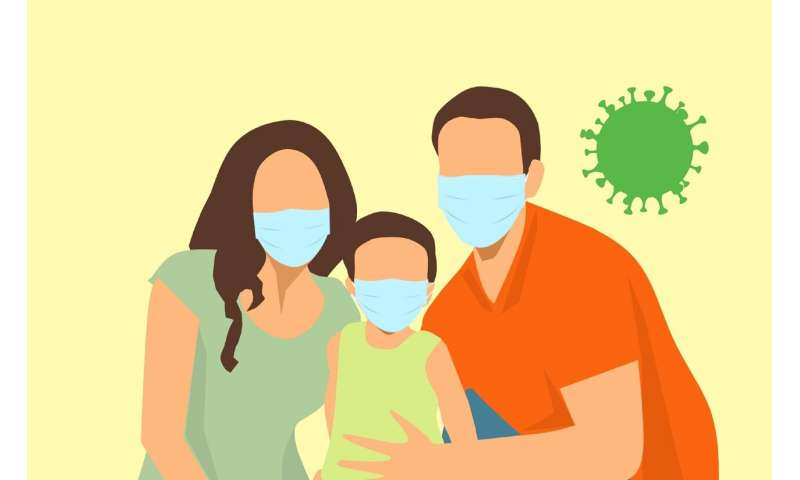Coronavirus may be transmitted through the air, experts warn


Experts in infectious disease and population health are increasingly concerned by the possibility of environmental transmission of the SARS-CoV-2 virus via airborne particles that may potentially travel significant distances in the air; as well as through contact with surfaces, hands, food, water and human waste.
In an article published in the Australian and New Zealand Journal of Public Health today, the possibility was discussed that coronavirus is potentially transmitted through airborne particles exhaled by infected people. This type of virus transmission is different to transmission that can occur due to close or direct contact between people, and may require further preventive measures such as increased air ventilation in enclosed spaces and wider use of masks.
PHAA member Professor Sotiris Vardoulakis, a researcher at the Australian National University in global environmental health said, “We are concerned that transmission of the virus is potentially occurring through a number of environmental routes, including through airborne particles known as aerosols. At this stage we don’t know how far these aerosols might potentially travel or how effective they are at causing infection—it appears this would likely depend on the size of the respiratory droplets from the infected person and their speed, determined by things such as sneezing or coughing.”
Professor Vardoulakis said if there is a significant level of infection occurring through aerosols, it would have profound consequences for health protection globally, saying, “Additional public health precautions will be needed such as increased air ventilation in indoor spaces and public transport, and the wider use of face masks.”
The authors noted that air cleaners fitted with HEPA filters such as those adopted during the bushfires to combat smoke particles in the home might also assist with removing dust or pollen particles that could potentially carry the virus.
The question of which face masks are needed to block airborne particles is complicated, as N95 face masks may be effective at blocking virus particles from entering the respiratory system, but may allow the wearer to breathe out infected particles if the mask has an exhaling valve. Looser fitting surgical masks may allow small aerosol particles to enter, but prevent the release of larger droplets. Ultimately, even cloth masks that are well-fitted may offer some protection for members of the public.
“We are already becoming more accustomed to wearing face masks in certain settings, as well as maintaining physical distancing, hand washing and disinfecting surfaces. Widespread testing, contact tracing and self-isolation by infected individuals are also still some of our most important defenses in the pandemic,” said Professor Vardoulakis.
How long the virus may live on surfaces is also a key question, as some evidence points to as long as nine days. However, the infective ability of the virus on surfaces diminishes over time, and is affected by factors such as humidity levels, temperature and sun exposure.
Whether a person acquires COVID-19 through initial infection in the upper or lower respiratory tract may also affect the severity of their disease, and the mode of transmission of the virus could determine which part of the respiratory system is first infected.
Source: Read Full Article